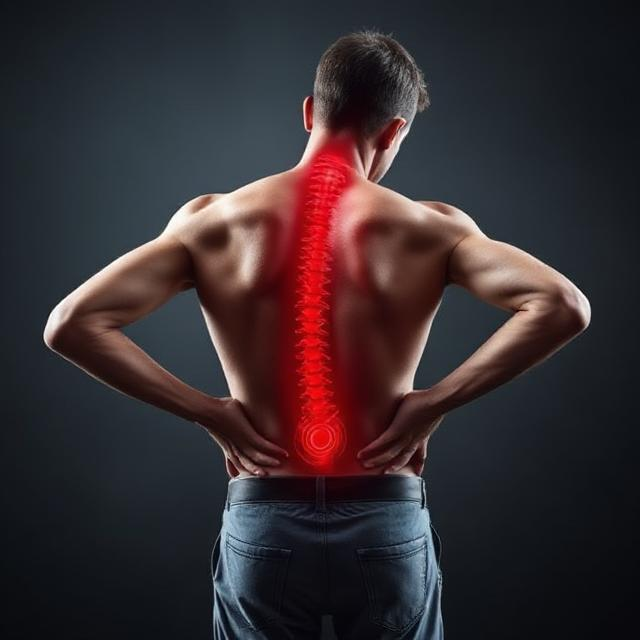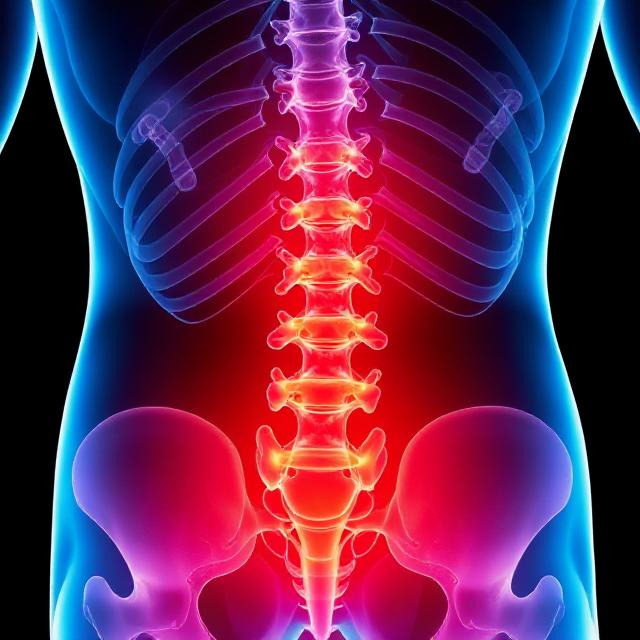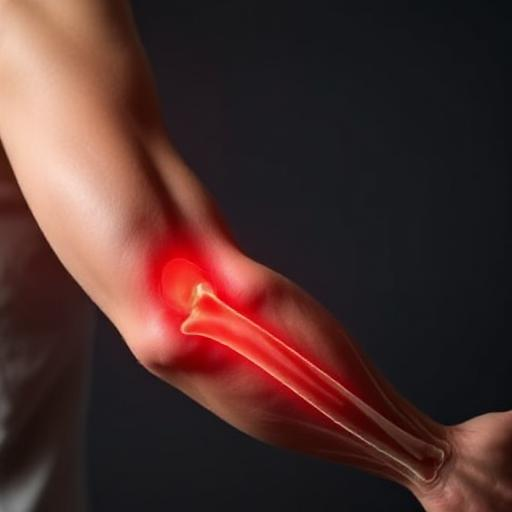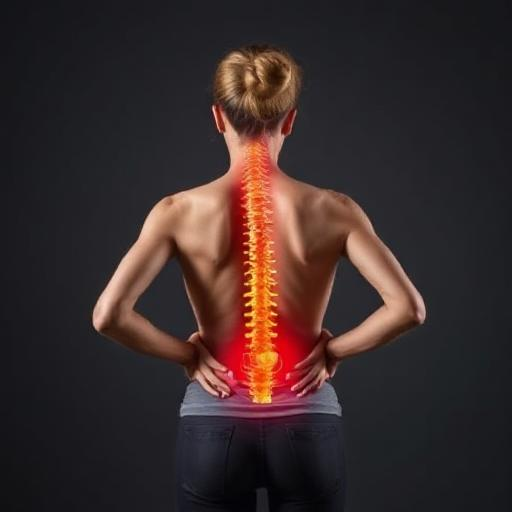Understanding the Different Types of Back Pain


Understanding the Different Types of Back Pain
Acute VS Chronic Back Pain
Different types of back pain manifest differently. Acute back pain is often associated with a specific and sudden onset such as acute ligament sprains and acute back muscle strains. The types of back pain can be sharp pain, shooting pain, burning pain and often the pain develops sooner after the injury and subsides a few days to weeks later. (Less than 3 months) For example, people are prone to spraining their lower back when lifting heavy things from the floor without a proper posture. The pain usually onsets fast while the pain will only last for a few days to weeks.
On the other hand, chronic back pain develops overtime due to improper ergonomics, repetitive movements, pelvis and spinal misalignment. The difference between acute and chronic back pain is that chronic back pain does not have a specific onset, the progression of pain usually lasts months to years. Additionally, the intensity of pain usually would not be as severe as acute back pain until the condition was degenerated seriously. The most common cause of chronic back pain is pelvis and spinal misalignment which will not only cause localized joint capsule inflammation and swelling but also affect the nervous system which controls our bodily function. An instance of improper nerve function is recurrent gastric reflux, bloating, gastric pain due to mid thoracic spine (T4-T10) misalignment.
Mechanical VS Inflammatory Back Pain
Mechanical back pain is more prevalent than inflammatory back pain and is often caused by physical stress or stain on the pelvis and spine, muscles, and ligaments. One of the most common causes of mechanical back pain is poor ergonomics. For instance, crossing legs when sitting, sitting on a wallet, sitting without proper back support, looking at laptop which is not at the eye level for a long time and more. And the examples mentioned above can lead to serious pelvis and spinal misalignment which will result in back pain, radiating pain down the extremities, bladder, and reproductive organ problems.
While inflammatory back pain is caused by chronic inflammation of the body, particularly the spine and is often linked to autoimmune conditions. The onset of inflammatory back pain often starts gradually with mild to moderate discomfort rather than sudden. Unlike mechanical back pain, it is not directly caused by physical stress on spine but by an immune system response. Furthermore, inflammatory back pain is often associated with systemic symptoms such as fatigue, weight loss and so forth.
Conclusion
Recognizing the difference types of back pain, such as acute and chronic back pain, as well as mechanical and inflammatory causes, is essential for proper management and treatment, ensuring that the underlying issues whether structural misalignment, poor ergonomics, or systemic inflammation are effectively addressed to promote long-term spinal health and overall well-being.



